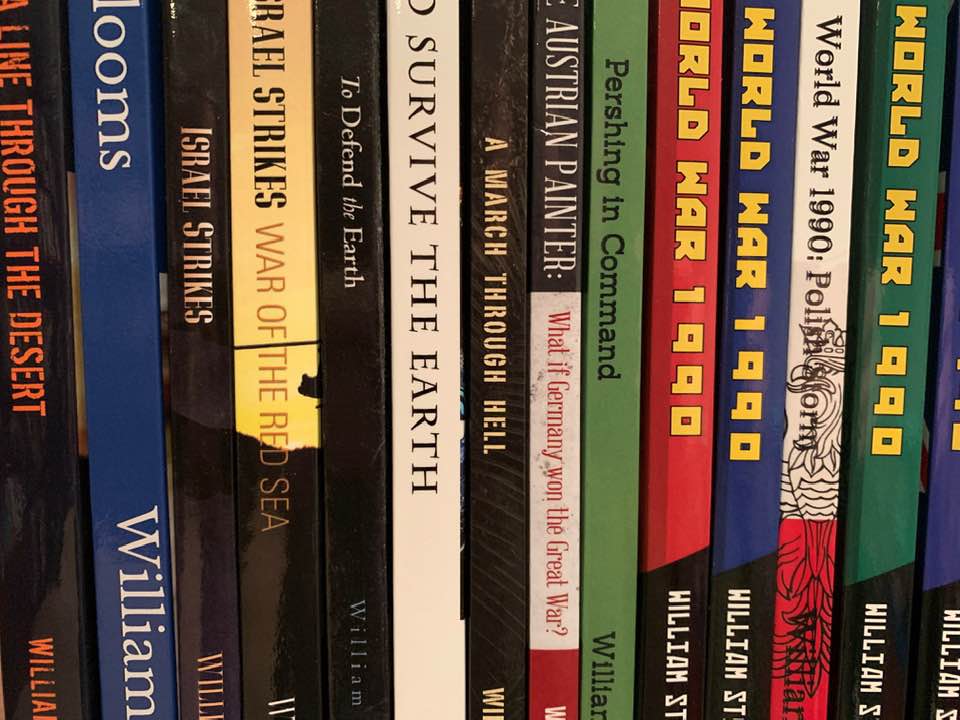Jake said nothing as he looked back at Dan, a mischievous gleam in his eye. Indeed, Jake hazed Veras throughout the week. On Tuesday, when they went into the digital tank simulators, Jake sent Veras to the “computer shed” to get the “Battle Map 2000” program. On Wednesday, platoon training day, Jake gave Veras a hammer and chalk and told him to bang on the armor plates with the hammer and mark the soft spots with the chalk. Then on Thursday, when there were a series of platoon meetings to discuss battle plans, preparations, and other issues, Jake had Veras jump up and down on the back of the tank in order to test the shocks. Jake saved the coup-de-grace for motor pool maintenance Friday, where Jake told Veras to check the coolant level on the radiator, knowing that since the M-1’s was a turbine engine, it had no radiator. To round out the hazing, Jake sent Veras to the motor pool for a gallon of “muzzle blast” to “clean out the guns.”The day began a 0600 with reveille and PT. Troopers were usually done by 1600. The rest of the day was there's to do as they please.
This was the schedule of a peacetime army training to fight a war.
In the excellent Heartbreak Ridge, Clint Eastwood plays Gunnery Sgt. Thomas Highway, a grizzled vet assigned to shape up a flagging recon platoon:
There is a famous and excellent movie about, among other things, peacetime soldiering. I speak of course of From Here to Eternity and the tragedy of Private Pruitt:
Oh, there's marching and even gunnery, but this is the pre-war Hawaiian paradise. The company C/O is concerned with the annual boxing tournament. The sergeants are middle-aged men, balding and thick through the middle. One is actually fat. Even Warden (Burt Lancaster) buff and menacing, is little more than a paper-pusher. War is the furthest thing from Robert E. Lee Pruitt's army. At times Pruitt's company feels like a Works Progress Administration work gang rather than a fighting unit.
That is the old U.S. Army, the army before the Second World War. A peacetime army that would prefer to remain at peace.
Of course the Japanese had other ideas.
The Marines trained by Gunny Highway were ready for war, as was the entire U.S. military of the 1980's. Had the Soviets attacked the west, those peacetime Marines in Heartbreak Ridge would have given them a fight. The West would most likely have won a conflict with the Soviet Union.
I have actually come to believe that the Japanese attack on Pearl Harbor was a pointless half measure. They should have invaded the islands. A landing on Oahu's north shore and then an advance down the plain toward Pearl Harbor and Honolulu would have made the most sense. In 1941 two half trained army divisions were garrisoned on Oahu. A single Japanese division would have been sufficient, I think, to overrun the entire island. It could have been reinforced in later weeks, Or better yet, Yamomoto should have taken the entire force dedicated toward the Philippine invasion to Hawaii. Why not? With the Hawaii occupied the Philippines would have been isolated anyway. And there is no reason to think the forces in Hawaii would have stoodup better than those in the Philippines.

An invasion of Pearl Harbor was extremely unlikely and risky for a variety of reasons. Jonathan Parshall (Pacific War historian) goes into most of them here:
ReplyDeletehttp://www.combinedfleet.com/pearlops.htm
Interesting. I just think the same folks that found a way to take Singapore could have figured this out.
ReplyDelete